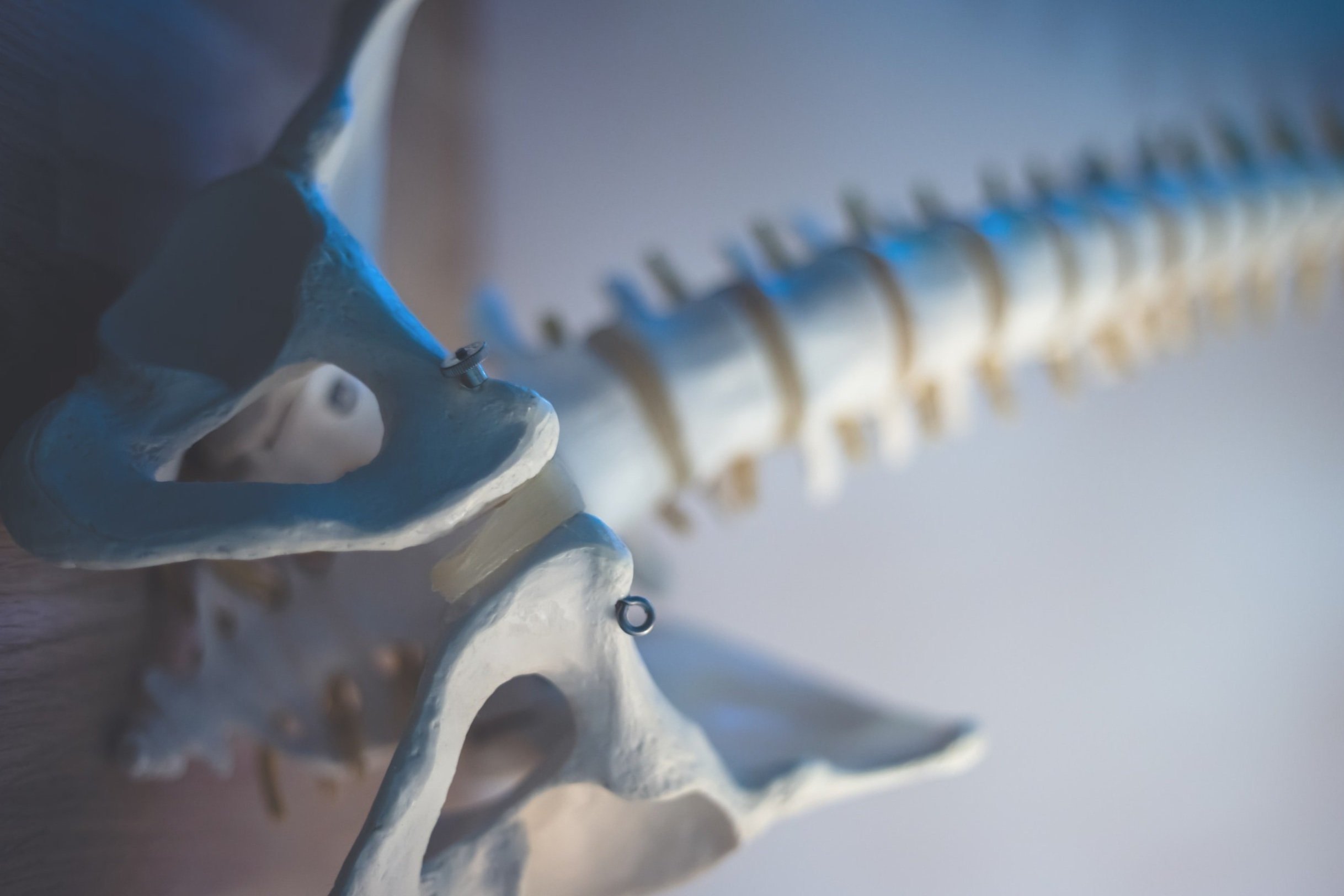
The Pelvic Floor is often the missing link in a PT program.
With specialized training in this region, your PT won’t miss a thing. We welcome all genders.
Pelvic Floor PT
-

Pelvic Health
The pelvic floor is the group of muscles at the bottom of the pelvis. These muscles are incredibly important in maintaining continence (aka “not peeing your pants”), supporting your pelvic organs, improving sexual function, and holding the pelvis together.
Pelvic health was called “Women’s Health,” for a long time, but the term is a misnomer, as all humans have a pelvic floor, regardless of gender. The term originated from pelvic floor often being associated with gender-specific issues such as incontinence after pregnancy, pelvic organ prolapse, and pain with penetration (as in sexual intercourse).
The reality is that anyone with a pelvic floor can experience pelvic floor dysfunction. Certainly the presence and placement of organs will make a difference between the male and female pelvic floor. In the male pelvic floor, while urinary leakage is less often the issue, pain and constipation may arise more readily. In the female pelvic floor, urinary leakage is more likely to occur. Additionally, any problems that may arise due to the presence of the uterus would obviously be unique to the female anatomy.
Pelvic pain is one of the most common problems of the pelvic floor in all genders. Pain can arise for a number of reasons: post-operative, post-partum, or even as a result of an injury to a nearby joint like a hip.
The pelvic floor is intrinsically effected by any hormonal treatment, and even more so with gender-affirming surgery. These procedures are best positioned for success with pelvic floor rehabilitation.
The first visit: During the first pelvic floor PT visit, a full body, as well as pelvic floor assessment will be completed. When appropriate, this will include an internal assessment to determine the strength, tension, and position of the pelvic floor musculature and associated organs.
Often visceral mobilization is a part of our pelvic floor treatment plan as the organs and the musculature have such an intimate connection. Additionally, the abdominal wall is an essential component of a pelvic floor program. The deep abdominal muscles connect directly to the fascia of the pelvic floor so this will be a part of our assessment and treatment.
If you have any questions, please feel free to call or email to inquire. It is an understandably vulnerable area, and will be treated with the utmost of compassion and care.
